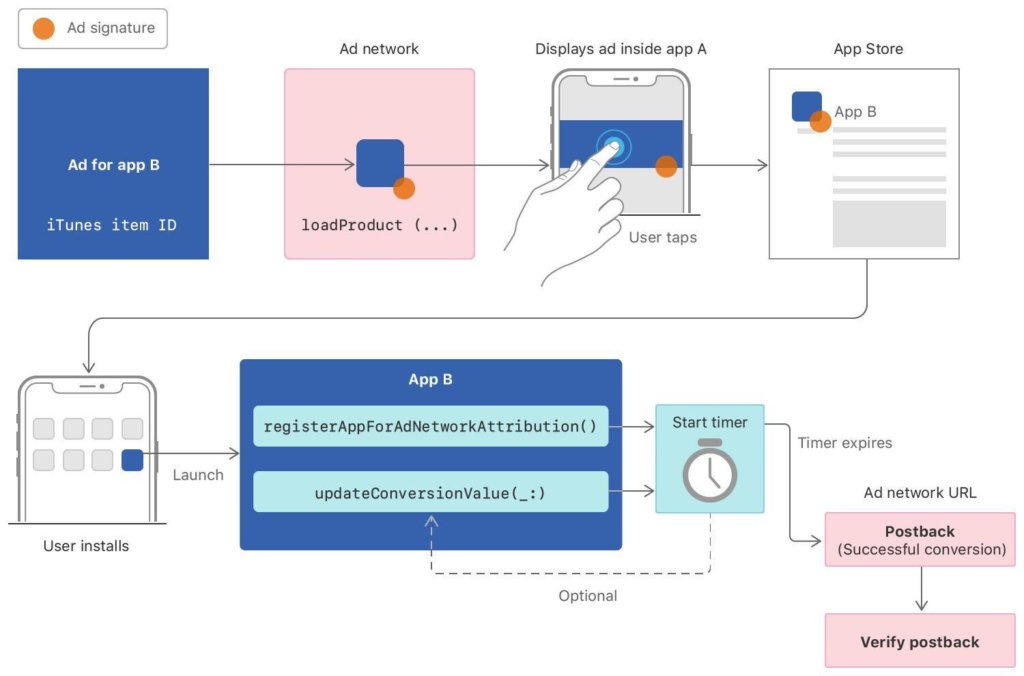Peanut butter is just peanut butter. And chocolate is just chocolate. But if you have the creativity and insight to combine them, you create a magical mystery confection that makes your mouth cry out for joy and high-five your stomach. You get, perhaps, dual integration.
Imagine the peanut butter is marketing campaign data.
Imagine the chocolate is attribution.
Put them together, and the result is not magical and not mysterious: it’s marketing science that unlocks ever-increasing but previously hidden value. And that’s just one of the secrets revealed in our No Bullsh!t Guide to Mobile Attribution.
But what exactly is dual integration? And how does it work?
Dual integration technology
“Simplistically, dual integration technology is connecting marketing data with outcome data,” says Singular VP of Client Services Victor Savath. “On the marketing side, we’re talking about information on campaigns, publisher, creative, and sub-campaigns. On the outcome or attribution side, we’re talking about user or customer install and event data.”
Ultimately, you’re combining spend data with mobile attribution data.
But … at as granular a level as you implement your marketing spend.
That means every outcome, or attribution, is enriched with campaign information. Now you know not only that you acquired a new customer, or user, from Ad Partner XYZ. You also know what campaign it was from. Where the campaign and the customer intersected. And what specific creative cued the conversion.
When you combine these two datasets, you get true granular ROI, says Savath.
“It’s not about whether or not a network performs, it’s what is performing within a particular network,” Savath told me yesterday. “Sometimes we see that marketers are quick to dismiss performance marketing, or a particular ad network, because the results are all blended. But granularity highlights the pockets of value. For example, in one network … one specific set of creative might work very, very well, while another does not. With granularity, you know.”
Alternatively, some publishers or traffic sources that an ad network uses for your campaigns might be horrible: poor quality or even fraudulent. But other traffic sources are amazing. Seeing this close up means that marketers can optimize for the best-performing publishers within an ad network. That unlocks potential pockets of profitable growth.
The problem?
Most marketers aren’t able to get to that point.
Missing out on magic (or marketing science)
There are many different types of granularity: creative, publisher, network, campaign, region, with metrics from both the network and attribution side. But what matters the most is ROI granularity … which is inherently matched to your ability to tie both sides of the equation together.
The problem is that most marketers don’t have a tool that connects and aligns all the data properly.
And that means they’re making future resource allocation decisions based on limited information.
“For example, if you’re just using vanilla attribution data, you might say that a certain publisher is generating revenue for you,” Savath says. “The problem is, you’re not exactly clear at what specific cost you’ve achieved this revenue.”
Dual integration might show you that A, B, and E campaigns are really working well with a certain ad network, while C and D are not: they’re complete duds. That insight may mean the difference between writing off an ad network as a total loss versus optimizing your efforts with that partner.
And, of course, achieving much better results.
The big aggregated campaign picture alone has its own challenges, of course.
“Alternatively, if you’re just using spend data, you don’t understand your outcomes at all,” says Savath.
Magic isn’t hard. It’s science
The best part is that with Singular, dual integration isn’t any integration at all. At least, not on your part.
Singular does it for you. And it’s not a back-end thing, it’s a built-in thing.
Most attribution solutions provide tools to create tracking links, or make them in bulk, or allow marketers to import them. The problem is that most marketing managers build tracking links in a vacuum, without knowledge of how a partner will report spend back to you. With Singular, there’s no manual link building … Singular removes the whole element of manual creation of tracking URLs from the measurement workflow.
“Instead, Singular creates the links for you and automatically embeds campaign, creative, publisher, ad network, and other data into your tracking links,” says Savath. “Since our marketing data is informing what the link structure should be, you have automatic alignment between marketing data and attribution data. And thanks to Singular’s deep integrations to thousands of ad networks and marketing partners, your URLs will always have the right parameters and the right values.”
ROI versus IOR
Thanks to the performance-based nature of much of modern mobile marketing, marketers are not so much calculating return on investment as investment on return. In other words, they get the attributed results of their marketing and determine how spend and marketing activity relates to those results.
While there’s definitely a big place in performance marketing for spending based on results, only being able to look at marketing data this way creates serious challenges.
One of the biggest: data reconciliation problems.
“Singular’s approach is matching conversions to spend versus matching spend to conversions,” says Savath.
Get the full Guide for much more
The full No BullSh!t Guide to Attribution contains much more insight on how to do attribution right, focusing on seven core topics:
- Mobile Measurement Partners (MMPs)
- Data combining
- Granularity
- Reporting
- Fraud prevention
- Data retention & accessibility
- Pricing

